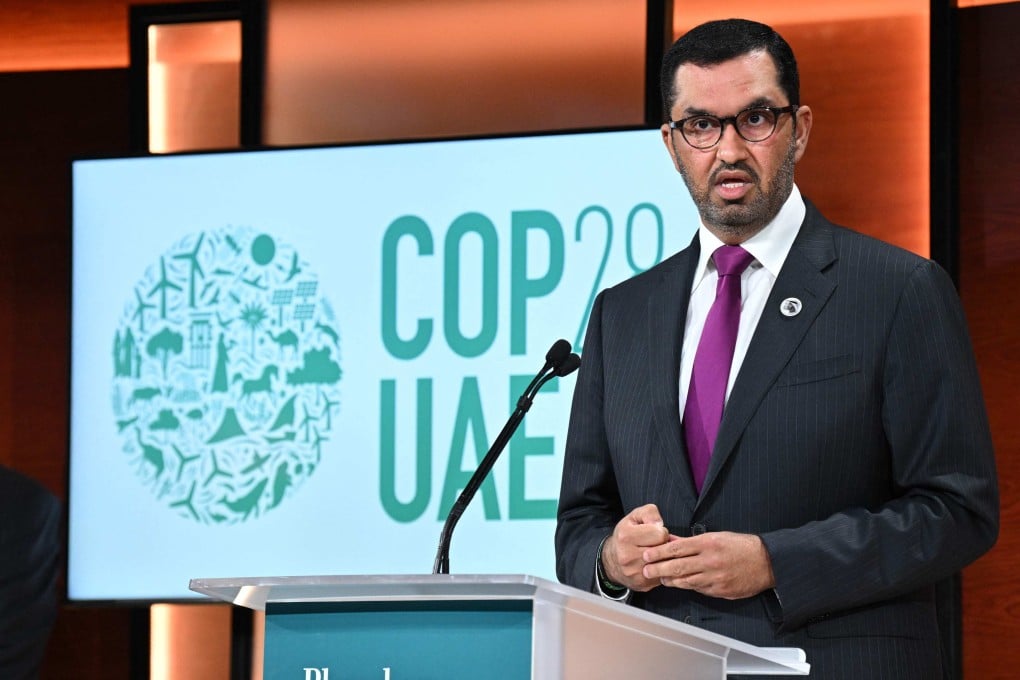Advertisement
Opinion | Cop28: War on climate change must transcend all other conflicts
- Demands of war are competing for the same funds promised to climate action, amid geopolitical tensions, a refugee crisis and doubts over host UAE
- The UAE, a petrostate and firm supporter of the Palestinian cause, has the responsibility to maintain a laser-focused climate discourse
Reading Time:3 minutes
Why you can trust SCMP
4

Efforts to finance just and equitable climate action have long been ensnared in a web of mistrust and discord. Now, expanding turmoil in the Middle East threatens to strain the fractured global economy further. The result? Financial resources that could be directed towards mitigating climate change are instead being funnelled into the machinery of war and aid for those affected by it.
This complex landscape sets the stage for the Cop28 UN climate change conference in the United Arab Emirates, a Persian Gulf petrostate. UAE leaders, while expanding oil and gas production, face a unique challenge as they work to bring countries together on climate action – while advocating for the Palestinian cause at the UN Security Council, where they hold a rotating seat this year.
What do war and conflict mean for climate risk? One consequence is their ability to divert crucial political attention and investment priorities. This diversion has been evident during the Ukraine conflict and is likely to repeat with the war in Gaza.
For years, rich countries’ unmet promise to provide US$100 billion a year to support lower-income countries bred anger and frustration. War coming on top of expenses could mean more of the same. Developed countries could well say they have to manage development aid in the war’s aftermath – rendering them unable to contribute sufficiently towards climate action.
Yet even US$100 billion is a mere fraction of what is needed to limit the global temperature rise to 1.5 degrees Celsius by 2030 – about US$4.5 trillion annually is needed in renewable energy investments to stay on course, according to the International Energy Agency.
The loss and damage fund is fraught with its own set of problems. Pitched as a task only the likes of the World Bank can manage, the fund is far from becoming anything substantial. That the World Bank is largely influenced by donors from the Global North, is inclined towards loans instead of grants, and has been criticised for its handling of climate-related affairs, does not inspire confidence.
Advertisement
